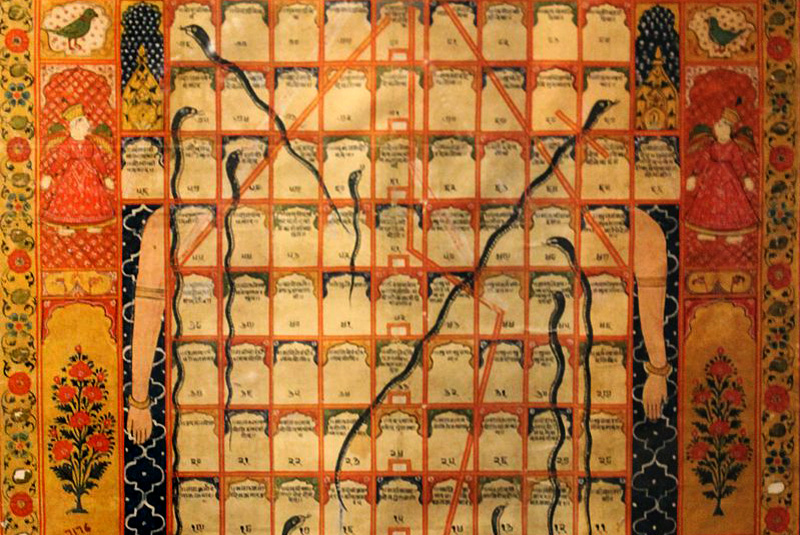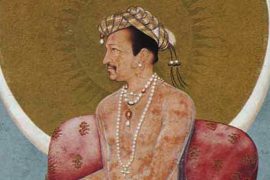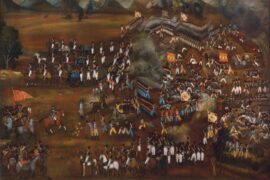Landing on a snake is never a good thing in – be it in real life or in the wonderful world of board games. Considered one of the best boardgames for children, Snakes and Ladders (or Chutes and Ladders in America) has become a synonymous symbol of childhood worldwide.
Everyone at some point in their youth has gathered around the small square board, rolled the dice and smugly laughed as our cousins/siblings/friends were forced to move down to the start as you charmed your way to victory. Like that unfortunate player, heading back to square one and looking at the beginnings of a franchised classic uncovers far more than expected.
The story features an abundance of names for several key components. The game itself has several varying names such as Moksha Patamu (literally meaning, “salvation”), Nagapasa (a similar Nepalese variant), and Gyan Chaupar to name but a few. Stemming from the same set of dice board games as Pachisi (now commonly known as Ludo), it is claimed to have been played in Ancient India as far back as 200BC. However, we have to travel 1500 years forward from that date to the late 13th century to find the man attributed with its innovation and unlikely rise to prominence.
Born in 1275, in Maharashtra, Sant Dnyaneshwar was a multi-talented man with a multitude of names. A poet, philosopher, saint and yogi, records refer to him as Dnyaneshwar, Jnaneshwar, Jnanadeva, Dnyandev, Gyandev and Mauli. The second oldest of four siblings, Dnyaneshwar experienced a turbulent childhood and died at the age of twenty-one. Nonetheless, his short life was compacted with intriguing legacies.
-30-
Copyright©Madras Courier, All Rights Reserved. You may share using our article tools. Please don't cut articles from madrascourier.com and redistribute by email, post to the web, mobile phone or social media.Please send in your feed back and comments to [email protected]











